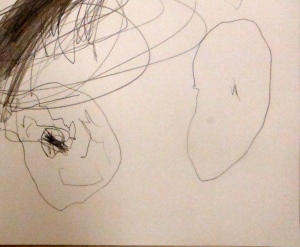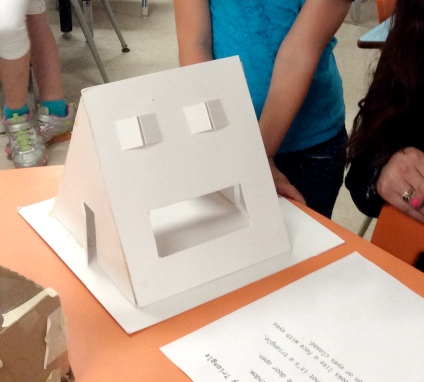The child has a hundred languages
(and a hundred hundred hundred more)
but they steal ninety-nine.
The school and the culture
(Loris Malaguzzi)
Children can draw from observation. They have an eye for detail and they can reproduce those details with remarkable accuracy.
Even very young children, only just able to hold a pencil, can draw the concentric petals of a rose or the long lines of stalks of grass. But what happens when children forget that they can draw? When they insist that they can’t?
I’ve been faced with exactly this challenge this year as most of our students have resisted drawing from observation. Every time I or my colleagues have put out a drawing invitation, we’ve been met with motifs: flowers with happy faces and 6-8 identical petals around a circle, for instance. When I’ve asked the children to show me the flower they were drawing, they’ve resisted, shrugged, and declared “that’s the only flower I know how to draw.”
I’ve trucked out my usual strategy of sitting and drawing with them; perhaps they’ll realize that Madame’s flowers aren’t perfect representations either and maybe watching me struggle will encourage them to try.
I’ve put out the work of a variety of artists whose work ranges from representational to abstract, hoping that it might encourage them to try a new way of drawing. We’ve even had group conversations about the mechanics of drawing what you see – moving your eyes and hand together to draw.
Unlike other years none of these strategies has met with much success. While a few individual students have been engaged, the idea has never really caught on.
But I’ve kept at it and finally, in the last month of school, victory!
What’s the magic? Was it the subject? Maybe dandelions, that most common of flowers, is less intimidating than roses, faces, and block towers?
Maybe it’s just time having its often miraculous effect. Maybe it has taken a year for the cultural message of sameness and cuteness to be washed away and for the children to realize that their own representations, however different from each other, will be valued as much, more even, than any smiley face.
Wouldn’t it be great if they didn’t have anything to unlearn? If their interpretations were always valued? If we allowed the aesthetics of childhood to exist without needing to modify them to suit our own adult ideas about what childhood is? Wouldn’t it be great if children’s interpretations of the world were as precious to us as the motifs that the media presents as childhood for sale? That would be a smiley-face moment.




















